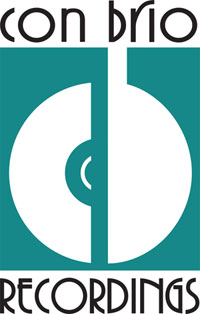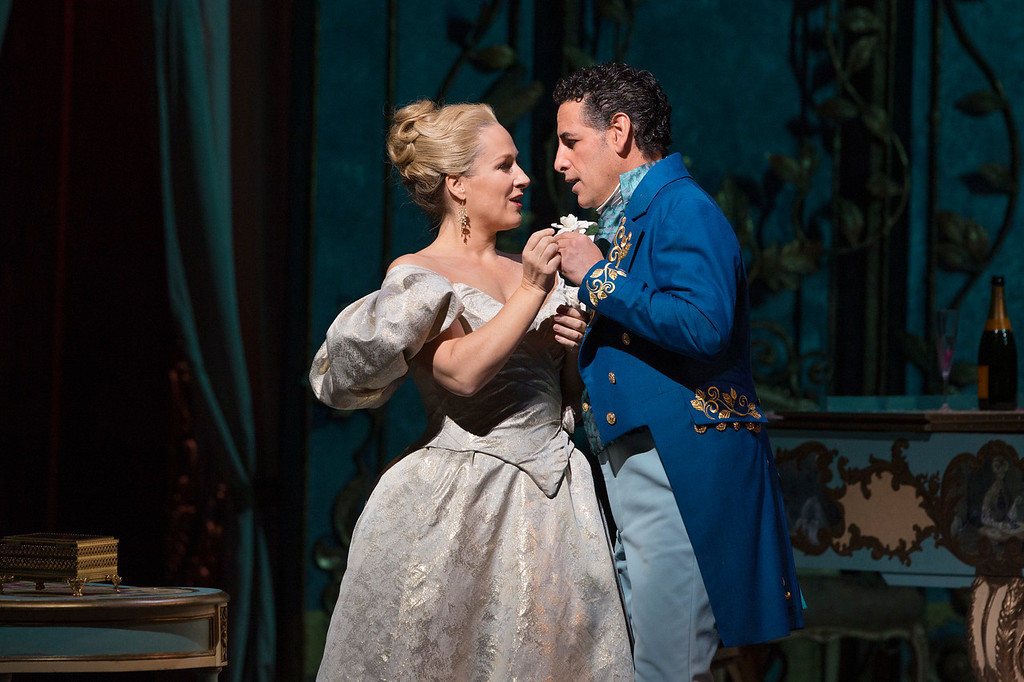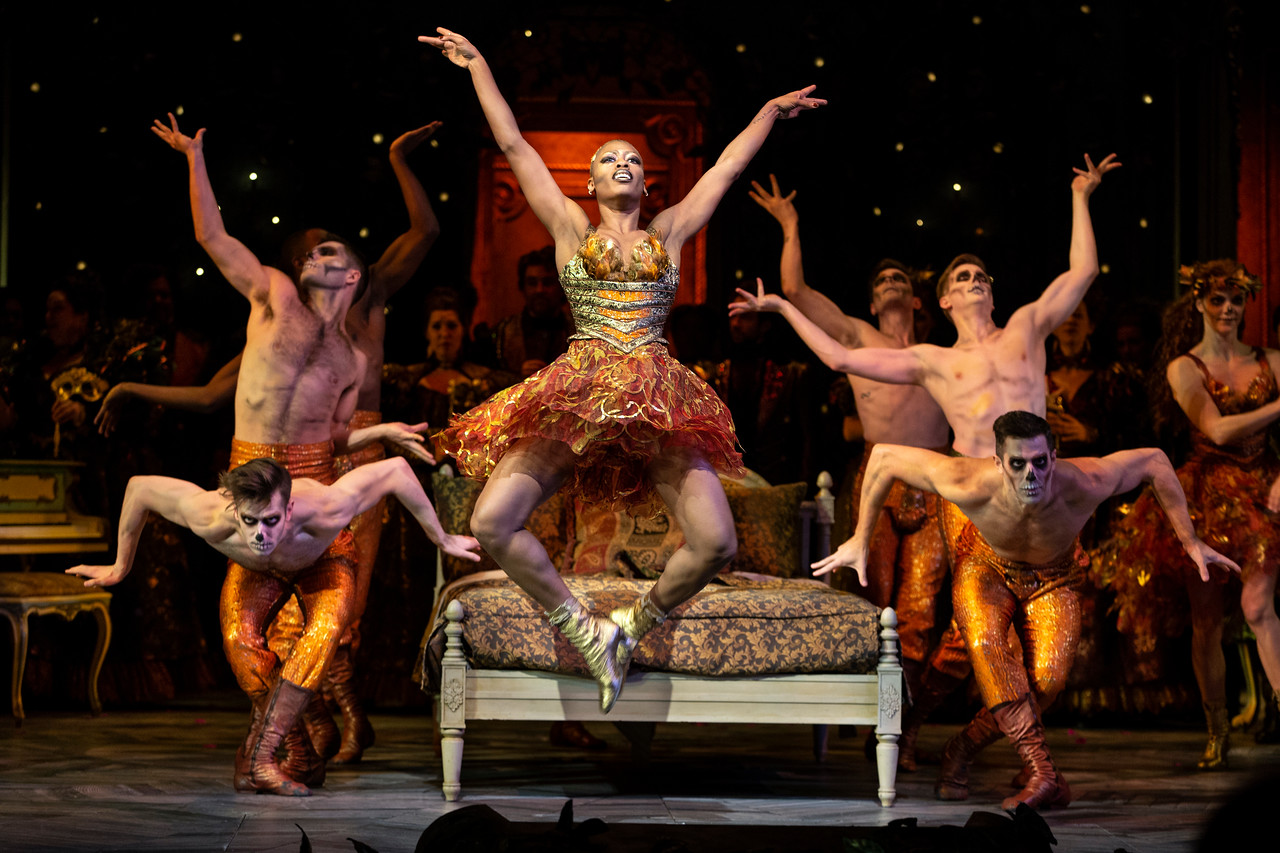 NETWORK
NETWORK
Musical America has developed the most advanced search in the international performing arts industry. Click on the tabs below to identify the managers, artists, presenters, businesspeople, organizations and media who make up the worldwide performing arts community.

Management companies that advertise in the print edition have a hyperlink to their Artist Roster.
(If you would like to advertise in the Directory and receive the benefit of having your roster appear in this database, please click here.)
Choral Groups
Dance Companies
Orchestras
International Concerts & Facilities Managers
US/Canada Facilities
US/Canada Performing Arts Series
Festivals
Record Companies

1961 Rose Ln.
Pleasant Hill, CA 94523
(925) 689-3444
Reviews
A Freshly Tamed Traviata Launches Yannick at the Met
 Verdi’s “lost one” found her way once again to the Metropolitan Opera on Tuesday for the sixth new production of La Traviata since the company moved to Lincoln Center in 1966. Perhaps in response to its previous staging, Willy Decker’s controversial updated and abstract vision that premiered in 2010, the Met turned this time to Broadway director Michael Mayer. He has responded with a stolidly traditional interpretation placed once again in the 19th century, but trotted out a garish unit set (by Christine Jones) and some bizarrely cartoonish costumes (Susan Hilferty). The evening was elevated by an intense and inspired collaboration between Diana Damrau, the febrile Violetta, and Yannick Nézet-Séguin in his first time in the pit as music director.
Verdi’s “lost one” found her way once again to the Metropolitan Opera on Tuesday for the sixth new production of La Traviata since the company moved to Lincoln Center in 1966. Perhaps in response to its previous staging, Willy Decker’s controversial updated and abstract vision that premiered in 2010, the Met turned this time to Broadway director Michael Mayer. He has responded with a stolidly traditional interpretation placed once again in the 19th century, but trotted out a garish unit set (by Christine Jones) and some bizarrely cartoonish costumes (Susan Hilferty). The evening was elevated by an intense and inspired collaboration between Diana Damrau, the febrile Violetta, and Yannick Nézet-Séguin in his first time in the pit as music director.
In a variation of what has become a trope in many recent Traviata stagings, Mayer began with a tableau—crowned by a projection of an enormous camellia—featuring Violetta on her deathbed during an exceptionally slow prelude. As Alfredo sobbed, the ghostly Violetta rose and exited through the back of the bedroom to radiantly reappear as the party music began. That bed remained centerstage for the entire evening, dominating a grand turquoise room embellished with a riot of gold leaf that looked like it belonged in the first act of Der Rosenkavalier. No wonder the heroine died of consumption: The room was topped by an enormous circular opening to the sky, through which both snow and rose petals showered its assorted inhabitants.
That deathbed tableau contained one puzzling figure—in addition to Dr. Grenvil, Annina, Alfredo, and his father, there sat a sad young woman. Her character—and Mayer’s biggest misstep—was revealed in the second act when Germont, Sr., arrived for his showdown with Violetta, accompanied by his normally unseen daughter, whose future happiness is the object of his mission. Francesco Maria Piave’s libretto does not call for her to appear at all, but Mayer put her in the tableau, in this scene, yet again during the third-act prelude, during which she crossed the stage ever so slowly in her long wedding veil, presumably to haunt Violetta. She also enters with Germont in the final minutes of the opera so that the ending mirrors the beginning. All absurdly distracting.
Despite unfortunate designs and risible choreography (an overenthusiastic erotic ballet at Flora’s party), Mayer did draw exceptionally effective performances from his three principals. If not ideally gauche and romantic, Juan Diego Flórez in his first-ever Alfredo proved brash and volatile. Quinn Kelsey’s stern but solicitous Germont was unusually gentle with Violetta as he pled with her to sacrifice herself for his family’s sake. And Damrau, who can sometimes be a fussy, even arch actress, tamed her worst excesses and gave an impressively detailed and moving portrait of the ailing courtesan desperately grasping at her final chance for true love.
Having been plagued the past several years by off-form performances and high-profile cancellations, Damrau was the biggest question mark before the premiere. Although her voice seemed a bit smaller and forte high notes harsher, she sounded in much healthier form than recently. That said, much of her singing particularly in the first act was very carefully managed, lacking freedom and spontaneity. Although the “Un di felice” duet was sensitively done, “Sempre libera” faltered badly, with outsized histrionics failing to make up for some unfortunate squawks.
Once past that challenging hurdle, however, her singing relaxed and she joined Kelsey in an unusually compelling and intimate performance of their magnificent duet, the heart of the opera. If Damrau’s sometimes hard and cold soprano has never had the plush and warmth one wants in an ideal Violetta, she was always arrestingly alert to the heroine’s many moods and floated some ravishing pianissimos.
Flórez, absent from the Met for over three years, has been expanding his repertoire in smaller European houses, taking on the title roles in Werther, Les Contes d’Hoffmann, and Roméo et Juliette. Alfredo, though, might not be ideally suited to his light high tenor and sunny persona. He missed the youth’s endearing vulnerability though he partnered Damrau persuasively in their duets. His fine “De’miei bollenti spiriti” delivered to the sleeping Violetta was undercut by an overly aggressive cabaletta that ended with a brazenly belted high C aimed at the Family Circle.
Kelsey’s breathtakingly bel canto “Di Provenza il mar” nearly stopped the show, yet at the same time he showed effortless command in shouting down his son’s misbehavior at the climax of the gambling scene. Until recently, Kelsey had been an all too infrequent visitor to the Met, but in five roles there over the past 12 months he has proven himself an invaluable artist, particularly in a world desperately short of worthy Verdi baritones.
The evening may not have been originally planned that way, but it evolved into a de facto coronation of Nézet-Séguin as the Met’s new music director. After the sordid front-page revelations about his predecessor resulting in his suspension and dismissal, the company clearly wanted to celebrate. The program included a special insert commemorating the event; a dazzling double-confetti-canon explosion saluted him during his final bow; and complimentary “Vintage Yannick” mini-bottles of champagne were handed out to audience members as they left.
 Another bizarre ballet at the Met; echoes of the "Bacchanale" from the new Samson and Delilah
Another bizarre ballet at the Met; echoes of the "Bacchanale" from the new Samson and Delilah
Although Nézet-Séguin had conducted Damrau’s first-ever Violetta at the Met in 2013, Tuesday’s premiere allowed a longer rehearsal period and the performance had been touted by him as a harbinger of the kind of music-making he intends for the house. In many ways it proved a gratifying success; after years of routine revivals led by a revolving roster of uninspired conductors, what a joy to experience an interesting interpretation of Traviata abetted by some sumptuous orchestral playing. While some of the tempos might have been controversially slow, his vivid reading was all of a piece as well as exceptionally supportive of his singers.
However, he deserves black marks for the niggling cuts that continue to frequently mar performances at the Met of 19th-century Italian opera. Hopes for an uncut Traviata were dashed before the first act ended: Damrau sang just one verse of “Ah, fors’è lui.” Both Flórez and Kelsey omitted the reprises of their second-act cabalettas. But then Damrau defied expectations by performing both strophes of “Addio del passato.” A cut was made in the final Violetta-Alfredo duet, while the often-omitted responses to Violetta’s final lines were retained. This erratic treatment of Verdi’s music and its adherence to hoary tradition marred Nézet-Séguin’s otherwise sterling performance, which concluded with a possibly unprecedented on-stage bow by the entire orchestra.
Tuesday’s premiere was the 1012th Met performance of La Traviata. Though embraced by some, Decker’s arresting production reportedly alienated many of the Met’s more conservative audience members, which might explain its disappearance after just seven years and 50 performances. Mayer’s non-threatening alternative will probably serve the house longer, but its blandness will likely not wear very well over the years.
Top: Diana Damreau and Juan Diego Flórez as Violetta and Alfredo
Photos: Marty Sohl, Met Opera










 RENT A PHOTO
RENT A PHOTO






